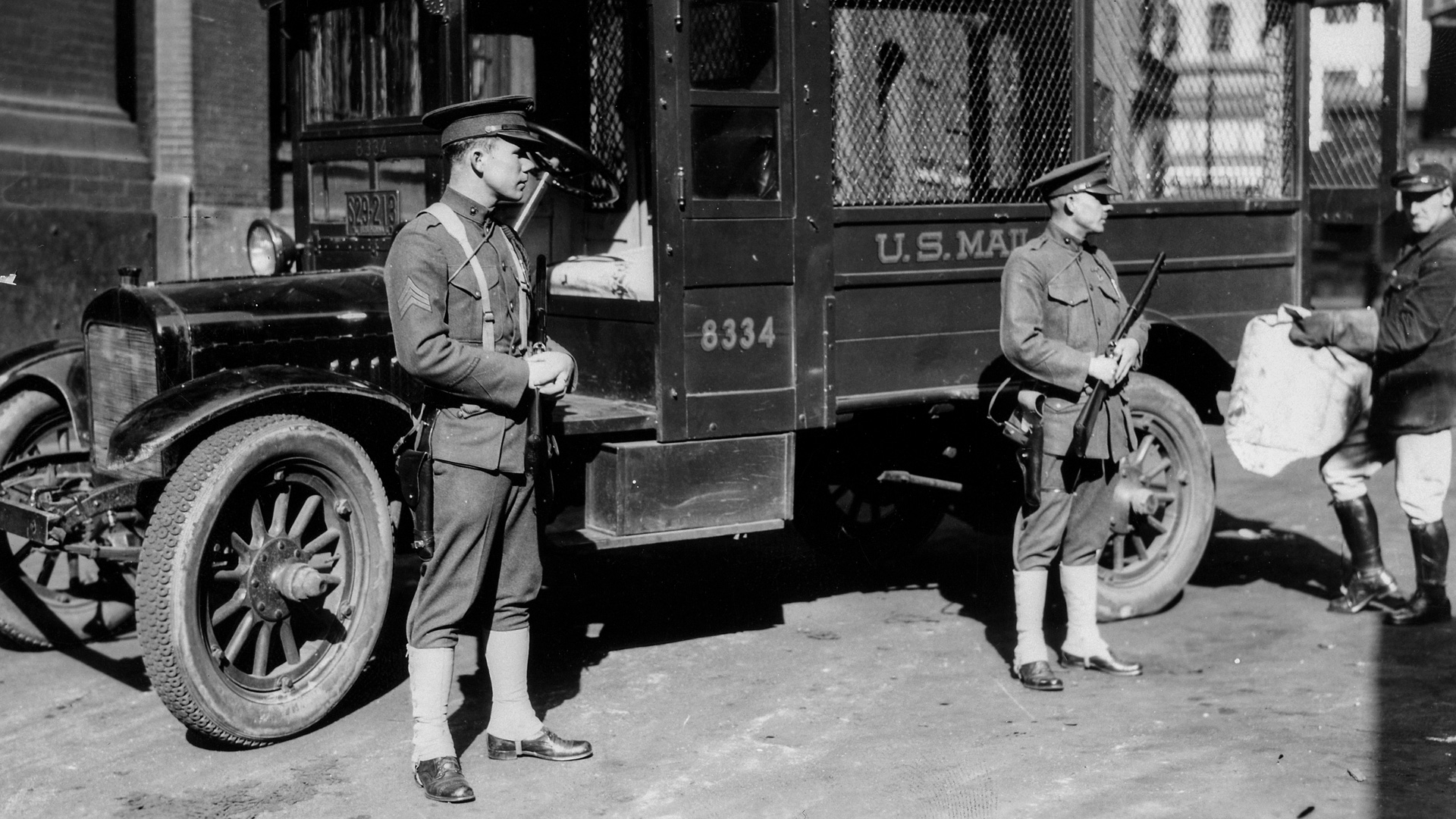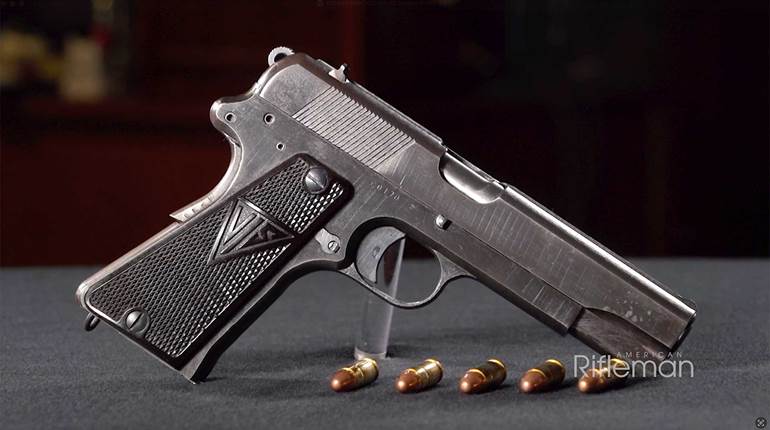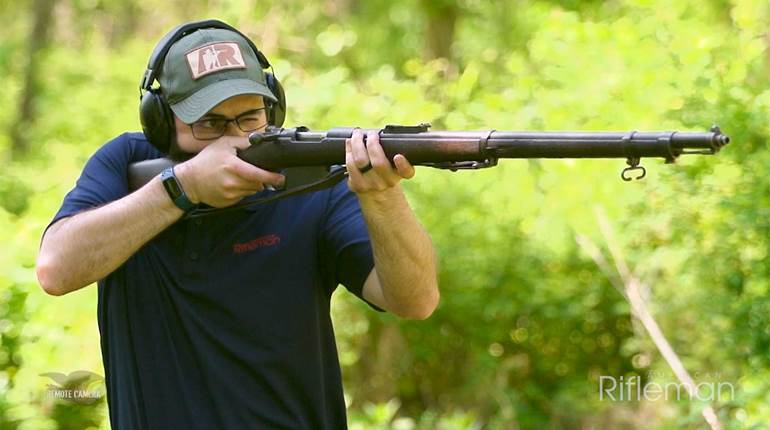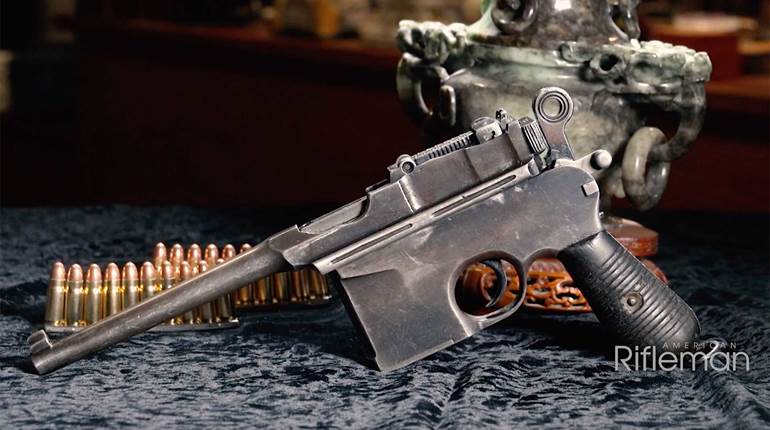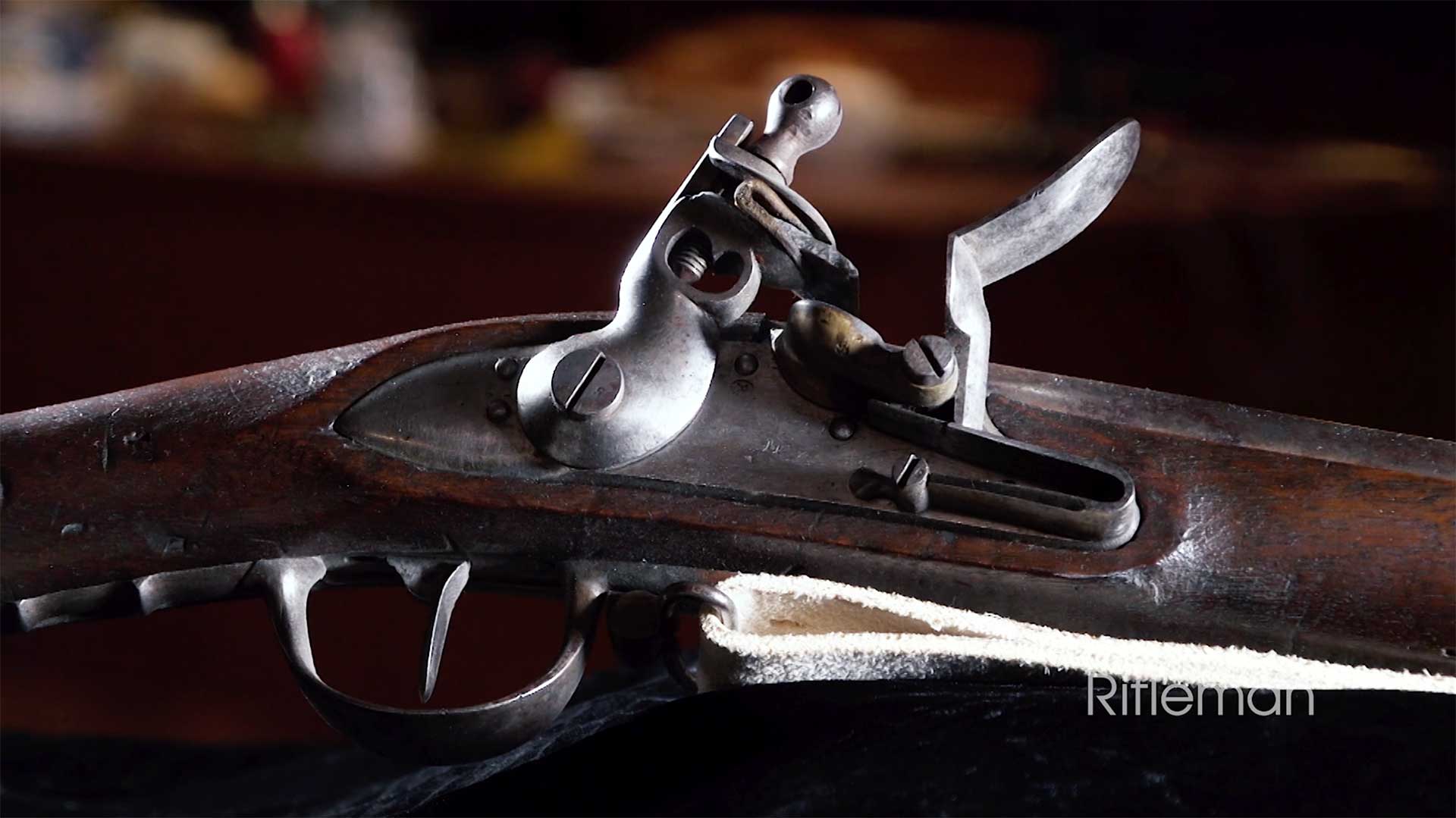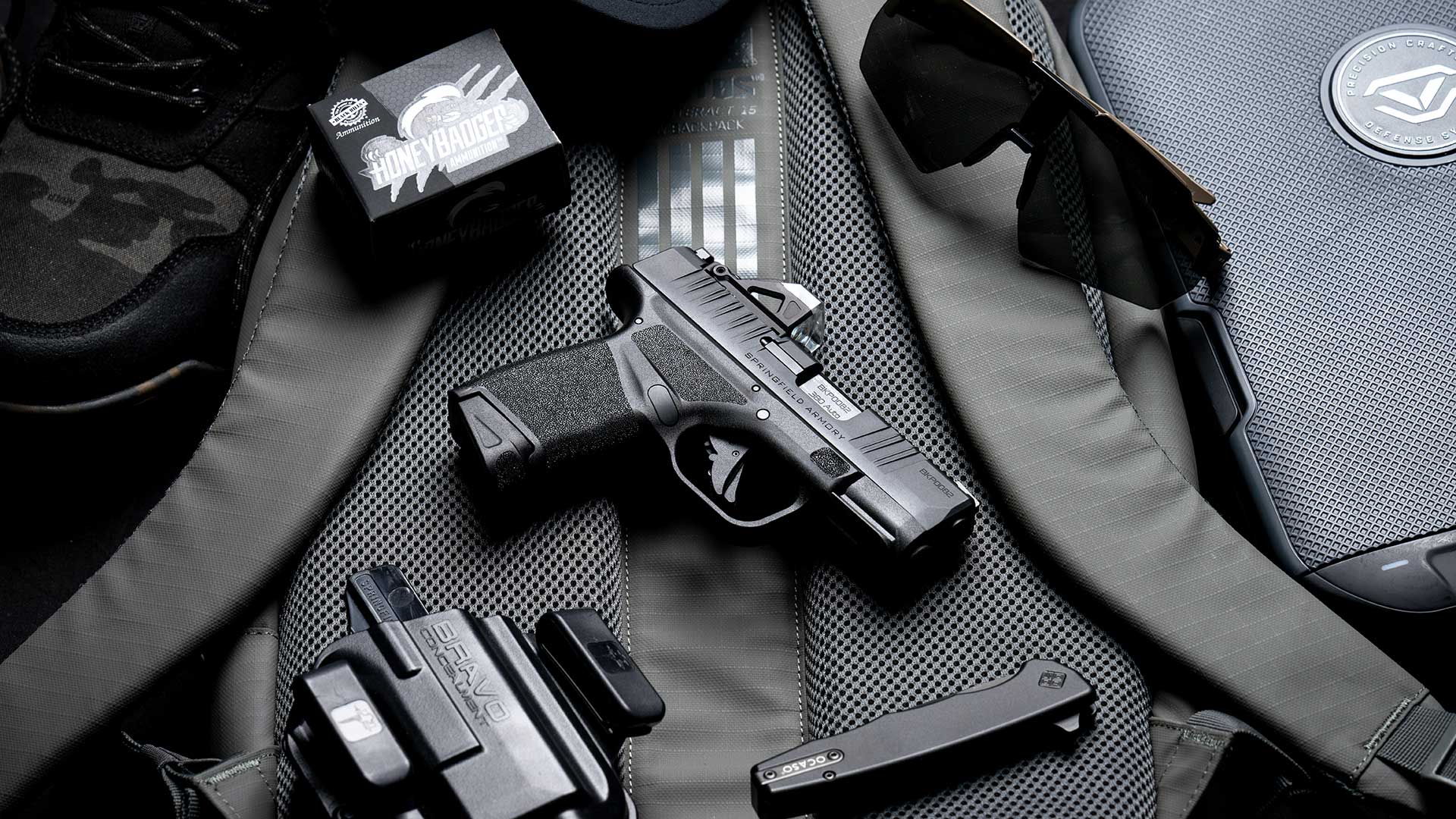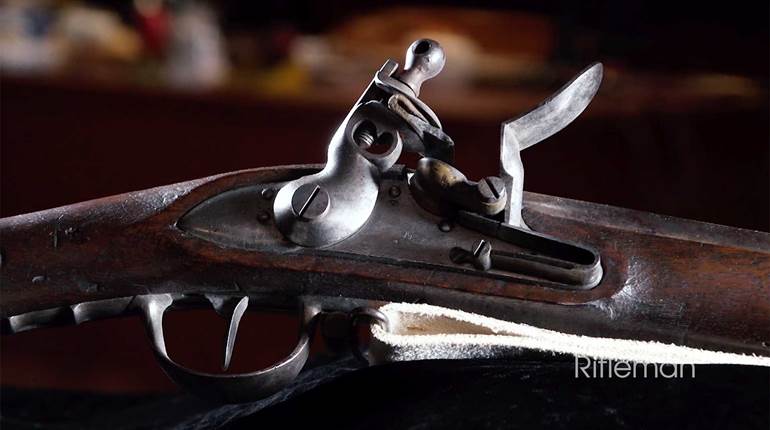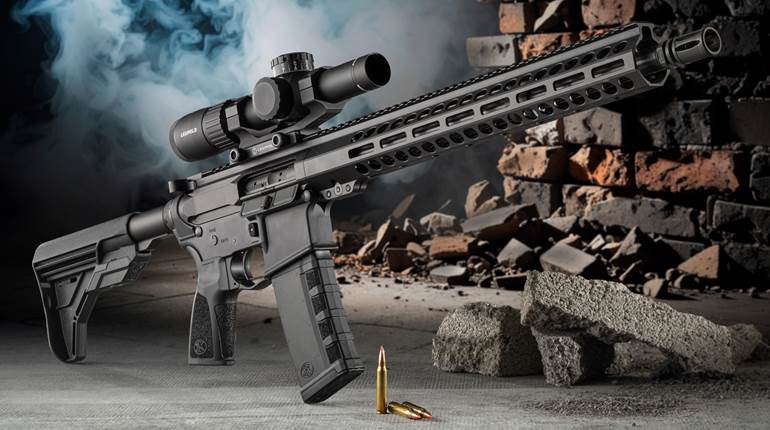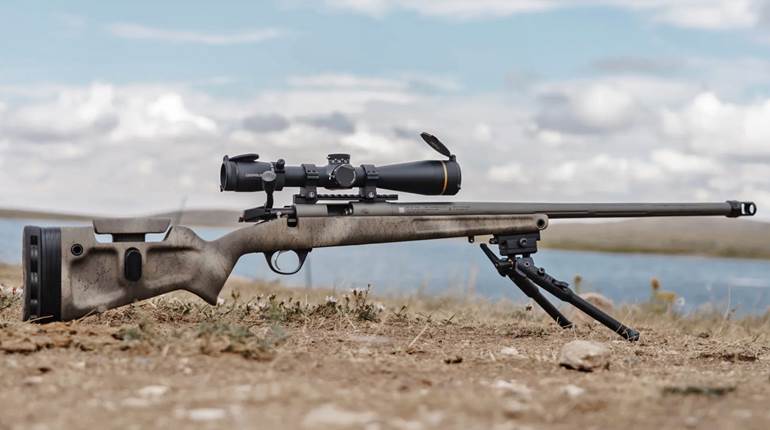
“Ah, Donald Coates—wherever he went, adventure was sure to follow. He was drawn to it, like a moth is to a flame”.—Mrs. Ashley J. Coates, 2014
The life story of Donald B.H. Coates reminds one of a cross between that of General Sir Harry Flashman and that of Indiana Jones, but with an added twist: Coates was deadly with a .45 semi-automatic pistol. Sorting out the details of his remarkable life through intensive research (mostly done by good friends!) and the tales that he told to enthralled listeners on both coasts of the United States has been a fun roller-coaster ride, but even more rewarding was discovering the legacy that he left to combat pistol shooters. He was, according to all who knew him, a “pistolero,” an inveterate adventurer, and, as one friend described him, “the real deal,” although it must be kept in mind that he always described himself as the “black sheep” of his family and never portrayed himself as being anything other than an adventurer, who also happened to have a military background.

When Kirk Kellogg, a long-time NRA member in California, contacted me about an article that I had written on the guns of the Irish Easter Rising (see American Rifleman, September 2013), he told me that he had once met the first man to have ever been shot at by someone armed with a Thompson submachine gun—Donald Coates. Coates had claimed that while “with the Auxies of the RIC,” someone had shot at him with a Tommy gun in 1921, when he was on patrol one night in Dublin. I was interested, but a bit skeptical, so Kirk sent an excerpt from an unpublished memoir that had been written by Gordon Ingram, the inventor of the MAC-10 and MAC-11 submachine gun to me. Ingram’s account of Coates’ story was very close to Kellogg’s, but a real shock of surprise hit me when I later mentioned the story to my younger brother, Steve Smith.
Steve choked up on the telephone and said, “Ken, Mr. Coates is the man whom I always wanted you to meet. He taught me everything that I know about combat pistol shooting.” That was quite an endorsement, as my brother certainly can shoot a pistol, and he had been in the law enforcement field for a number of years. Steve then expanded on the story that Kirk had told to me, and explained why the selective-fire pistols played such a role in the tale (see “First Fired In Anger? The Thompson” December 2015).
A few weeks later, after videotaping some episodes for “American Rifleman Television” at NRA’s Fairfax, Va.,, headquarters, I asked my “co-talking head” if he had known Coates. Mike Parker certainly had, and he proceeded to regale me with a wealth of ‘Donald Coates’ stories over dinner. At the same dinner, American Rifleman editor Mark Keefe told me that it would be great if I could get my hands on a copy of the official report that Coates claimed to have submitted about the incident in Dublin, and include the story in a future article. Not being in the position to go to London and do the research myself, I turned to a fellow firearms historian in Northern Ireland, Michael Curran of the Daily Mail newspaper, and a long-time friend, Stephen Wood, the former Keeper (director) of the Scottish War Museum at Edinburgh Castle, and now an independent historical and weapons researcher in England.
The first heart-stopping drop of the roller coaster ride happened when neither of them could find a “Donald Coates” on the muster rolls of the Royal Irish Constabulary (RIC), although Coates had told this tale to any number of firearms enthusiasts in America. Worse yet, his name didn’t appear in any of the usual places that one would look to find a former British infantry officer who also claimed to have flown with the Royal Air Force. On and off over the next several months, I tried to validate some of the stories that I had been told about Coates’ exploits and escapades, but with little success. During my nearly 40 years of service in military museums and archives, I had run across more than my fair share of imposters, poseurs, and charlatans, so I was beginning to worry that this may be the case here.
At the urging of Kellogg, Parker, and Coates’ friend Allan Cors, I called Thomas B. Nelson, the author of several standard books on automatic weapons and a former colleague of the legendary Sam Cummings at the well-known firearms import company, Interarms. Everyone had told me that Tom and Donald had been the best of friends when the Coateses lived in “Old Town” Alexandria, Va., (a block away from Interarms’ office) and that he could best verify Coates’ tale. Tom spent several hours on the telephone with me, but he, too, could not substantiate the Dublin account. He suggested that Coates’ widow, Ashley, may still be alive and living in the northern Virginia area, and if she was, he thought that she might be able to confirm Donald’s service in the RIC.
After some efforts (and a few more rides on the “roller coaster”!), I found Mrs. Ashley J. Coates, now 93, living in a nursing home in central Virginia. Deborah Jann, Ashley’s dear friend and caregiver, invited me to her home and loaned a box full of photograph albums and papers to me that she had retrieved from Ashley’s home, while she also coordinated a visit for me with Ashley at the nursing home. I met with Ashley twice in the next two weeks, and recorded nearly four hours of interviews, while she explained the significance of many of the photographs.
However, even with this source material, chronicling the life of an adventurer like Donald Coates is not like researching the career of either a U.S Marine Corps officer or the deacon of a local church, and some of the lines that connect the dots in this narrative are tenuous, indeed. However, based on those sources, and a wealth of documents that Stephen Wood and Michael Curran (and Michael’s friend in Spain, David Grant) were able to find, this is the story—albeit still with a lot of conjecture on my part—of Donald Bateman Hope Coates; “pistolero” of South and Central America, adventurer, aviator, combat pistol shooter, and inventor.
Like so many things about him, the confusion surrounding Donald Coates’ birth date is somewhat of a mystery. While all of his American documents—Social Security, drivers’ licenses, entry into the U.S. forms, etc.—show “1903”, his official British birth certificate shows “1904” as his date of birth. Moreover, the birth date of “1903” was inked out on Coates’ 1928 International Pilots’ License, and “1901”, in his own handwriting, is penned in. Why he continually altered his official birth date is, indeed, a mystery.
He was born in the countryside of Somerset, England, into a well-established upper middle class professional family of doctors. His father had been educated at the well-known English public (to the American reader, “private”) school, Harrow, and had earned his medical degree at the University of Edinburgh, Scotland. Dr. Coates was in his late 40s when Donald was born, and by that time Donald had three much older brothers and a sister, all of whom later became respected members of society. One brother served as a doctor with the Royal Army Medical Corps in Salonika, Greece, during World War I, and was awarded the Military Cross. The family household included several servants, and they moved from a large country house, “Heathfield,” in the village of Creech St Michael, to a suburb of the city of Bath, when Donald was a small child.
Donald’s fascination with military life apparently began at a very young age. A yellowed typescript found among his very few personal papers includes an anecdote concerning his favorite playmate, the little daughter of a captain in the local infantry regiment, The Somerset Light Infantry. The source of Donald’s frequent cursing, while still in his formative years, became apparent to his father, when he stopped Donald’s little friend along a road, where she was leading her pony. When Dr. Coates inquired if she had fallen off, she replied, “No, this bugger has broken his bloody girth, and now I have to lead the bastard home!”
As Donald recounted in an article that he wrote for Guns magazine in 1961, he acquired his first Colt M1911 pistol from a wounded Canadian soldier during World War I when he was 12 years old, and thereafter was never without one. Everyone in America who knew Donald understood from him that, in 1918, he had run away from home and, being tall for his years, had enlisted “very underage” in the British Army right at the end of World War I, but had never left Great Britain. Mrs. Coates said that, after the war, Donald was “a wild thing, and used to steal the family car to go to clubs in London, from where his older brothers had to bring him home.”
Years later, he told listeners that when he arrived at the Royal Military College at Sandhurst in 1920, he saw a recruiting poster for the Auxiliary Division of the Royal Irish Constabulary (ADRIC) and very shortly thereafter, left the Academy and went to Dublin. One deposition by a former member of the Irish Republican Army notes that a young “Englishman by the name of Coates” lived in the same Dublin boarding house with him, and had unsuccessfully tried to get the nationalists who were living there to attend socialist rallies—a sort of agent provocateur—and he may have been the same “Coates.” Since prior commissioned service was the requirement for enrollment in the “Auxies”, and Donald had none, one can only suppose that he must have been serving in some capacity as an enthusiastic young intelligence agent (there were more than 100 unnamed paid British agents in Dublin at this time) and, while armed, was either accompanying or attached to an ADRIC patrol during the house search and the incident on the Dublin waterfront.
The very next month (after the Irish Truce went into effect), he arrived back in Bath, where, on 23 July 1921, he was commissioned (at age 17) as a second lieutenant in the 4th Battalion of The Somerset Light Infantry. This was a “Territorial” battalion of the regiment, somewhat akin the National Guard in the United States. Even with his family’s social status and connections, it would seem that he must have had at least some prior military service or training to be considered for a commission. If his very brief prior enlisted service in the British Army wasn’t enough, then perhaps his stint “with” the Auxies in Dublin, while although not exactly “on the books,” may have qualified him to become a leader of men.
Donald took temporary leave of the regiment and went on inactive status in 1923 when he shipped out for Ceylon (now Sri Lanka) to work on a tea plantation. When he returned in 1925, he married Winifred Eve Cochran, the daughter of an admiral, and a near neighbor of the family in Bath. Shortly after his wedding, he ran afoul of the local police, when he was hauled into court on the charges of purchasing a box of pistol ammunition that was in excess to the allowed allotment, and for buying it on an expired firearms license. Although he protested that he needed to practice shooting, citing his status in the Territorials, he was still fined, and the article in the Daily Mail stated that, “this is a very serious offense from the point of view of the police.”

Donald and his new bride returned to Ceylon in 1926, where he did some flying in some capacity, and apparently flew in neighboring India. A tale that he often told involved the famous Lawrence of Arabia. After World War I, Colonel Lawrence tried to retreat into obscurity by enlisting in the RAF as “Airman Shaw,” and he served in India from 1926 to 1928, before returning to England. Coates often recounted how surprised he was when a fellow aviator pointed out to him that the mechanic who had just fixed Coates’ “kite” (aircraft) at a remote airfield in India was none other than “Airman Shaw.” and he chided Coates for not having recognized Lawrence.
Upon their return to England in 1927, the Coateses separated and Donald became involved in a fracas with a local Wiltshire farmer over an unspecified affair of honor a few months later. After a fistfight, the young farmer retrieved a shotgun and peppered Coates and his two companions with birdshot, as they drove off in a car. As reported in the Daily Mail, the farmer excused his actions, by claiming that Coates “was known never to be without a pistol.” Coates was the only one who ended up getting fined for the incident, and this may well have been the reason that he left the Light Infantry that same year, as his actions would have appeared unseemly in the eyes of his peers and superiors. Until his death, one of Donald’s treasured possessions was his Malacca cane swagger stick, emblazoned with the regimental crest. However, by that time, he was now living in London, and he joined the “City of London” 600 Bombing Squadron of the Auxiliary Air Force (later RAuxAF) in 1928 as a pilot officer. He flew with this unit for almost a year, but relinquished his position (although retaining his rank) in 1929.
By 1931, was off to Havana, Cuba, as an “air pilot.” Winifred divorced him later that same year, after he had left England. Sometime between 1931 and 1934, he was inducted into the Imperial Overseas Command of the Legion of Frontiersmen—a British patriotic organization that originally was organized as a quasi-military overseas intelligence-gathering network. Founded after the Boer War, the group played an instrumental role in World War I throughout the British Empire, and it included many notable British outdoorsmen, like the famed African big game hunter, Frederick Selous, among its members.
After his return to England in 1933, he married his second wife, a divorced socialite named Eileene Bettinson, and returned to Cuba with her the next year, after which they took up residence in Mexico. During this time, he flew biplanes for lumber companies, scouting stands of timber in the jungles throughout South and Central America, and, by all accounts, having a series of fascinating adventures. In 1935, he returned to England, and this may have been when he met his lifelong best friend, Geoffrey Kinglake Fairtlough, a fellow pilot who was serving in the Royal Naval Air Service, and who later flew with the RAF in World War II. (Fairtlough, who later lived in Ireland, came from a distinguished military family, and visited the Coateses in Virginia on several occasions, where he joined Donald in telling entertaining tales about their exploits together to Coates’ American friends.)
Donald went back across the Atlantic to New York in 1937, and his movements are cloudy after this point. According to Ashley, he told her that he taught flying to the Canadians in Newfoundland. He told Tom Nelson that he volunteered for service with the Finns during the Winter War of 1939-1940 (as did a number of other British citizens, soldiers, and aviators) and was shot down by a Soviet fighter, was wounded, landed his plane on a frozen lake, and then spent time in a British hospital, recuperating from surgery to remove fragments of his parachute from his back. The “County of Middlesex” 604 Bombing Squadron (AuxAF) shared hangars with his old bombing squadron (600) at Hendon, in north London, and was poised to send its Blenheim bombers to Finland in late 1939, so perhaps this could have been the genesis of his adventure in Finland.
By mid-1940, he was back in Mexico. In July, a news article in the Bakersfield “Californian” was headlined, “Mexican Fliers Are Recruited by R. A. F.” It went on to say that, “The names of Barbara Hutton, Woolworth heiress; Frederick Henry Prince, American millionaire; and other Americans are being used by an organization recruiting Mexican aviators for the British Royal Air Force. Both Prince and Miss Hutton were thought to have contributed money to the organization. The recruiting is being carried out by a British subject, Donald B. H. Coates, an ex-captain of the Royal Air Force.” Later that year, Coates lodged an official complaint (now held by the Mexican National Archives) to the Mexican authorities, claiming that Nazi spies were intercepting his correspondence. During World War II, he stayed in Mexico, and rubbed shoulders with Axis and Allied spies, bad hombres, and the rich and famous. He may also have served as an intelligence agent there, as he most likely had done in Dublin while serving “with,” but not “in,” the Auxies. Everyone who knew Coates recalls stories—most often humorous ones, and some that don’t show him in a very flattering light, but nearly all of them involving a pistol—that Donald told them about his escapades there.

After the end of the war, he moved to the Los Angeles area and met his third wife, Ashley. According to an article in the Brownsville “Herald” newspaper, his second wife had divorced him back in 1941, while they were in Mexico. Ashley Stubbs was then a 25 year-old enlisted Navy veteran of World War II and a fashion design student, whose mother, Marjorie, ran a sort of USO for British expatriates at the British consulate. Most of them had been drawn to the Hollywood scene, and while many of them had “class,” they had little income—a result of the economic changes in post-World War I Britain. The British-born, former Marjorie Roberts was also an accomplished watercolorist. Ashley’s father, also named Ashley Stubbs, had been badly gassed while serving in France with the Canadian Princess Patricia’s Light Infantry during World War I, and had later died of lung problems in the 1930s.

Prior to their marriage, Donald became involved in his last bid for high adventure. In a 1946 San Bernardino, California, news article, Coates is described as an “ex-RAF major” and also as a cousin of the Duke of Hamilton (Donald was, indeed, a very distant relative) who was trying to get support and financial backing for a planned aerial expedition to the “Lost Plateau” in Venezuela, where he claimed that he knew where to find “a lost hoard of gold.” He also hoped to find the remains of the aircraft left on the plateau by the famed explorer and aviator, Jimmy Angel. Donald told Deborah Jann that he had a bracelet made for his second wife from a single gold nugget that he got in South America before the war, but that he always regretted having given it to her. In the Coateses’ photo albums, there are photographs of Donald and others examining two-seater, open-cockpit biplanes and monoplanes, as well as a Sikorsky S-51 “Dragonfly” helicopter in 1946. Coates told Jann that he knew that he could only reach the area at the top of Angel Falls (named, by the way, for Jimmy) by helicopter. However, even after enlisting the aid of a seasoned ex-USAAF aerial photographic reconnaissance pilot, he gave up when he couldn’t get enough backers interested in financing the venture.

The newlyweds took up residence with her mother in Pasadena, and they were regulars at informal shooting matches and police pistol ranges in the area, while Donald hobnobbed with television personalities. Donald penned several articles about handguns for firearms magazines (as well as a racy short story about a late night encounter with a ghost lover in Ceylon), and had a feature article published in Guns magazine in 1961, the year after he was awarded a significant patent for the design of a pistol magazine follower—and one that is still being used. From this time on, Donald described himself as a “remittance man,” living on a periodic stipend from a Scottish branch of his family, the Hopes, of the Hope diamond fame. Aside from his favorite M1911 Colt pistol, he also had a 9 mm Browning High Power pistol, a .38 Webley revolver, a Webley Mark VI revolver that had been converted to fire .45ACP, some other .45, .38, and .357 caliber revolvers, several fighting knives, and a Mark IV Enfield .303 rifle.

In the mid-1960s, the Coateses decided to return to England, but when they realized that the strict quarantine laws would prevent them from taking their two beloved dachshunds with them (and Donald undoubtedly realized that he wouldn’t be able to import his pistols or shoot them there, like he was accustomed to doing in the U.S.), they, along with Ashley’s mother, decided to move to Alexandria, Va., and open a small shop. Donald thought that this quaint town on the Potomac, with its cobblestoned streets, was as close as he could get in America to living in England. At the suggestion of Fairtlough and another old RAF chum, “Tiger” Davis (who also lived in Ireland), they added Irish imports to their business of creating hand-painted family crests, and selling the architectural watercolors for which Marjorie Roberts Stubbs was becoming well known. For more than 10 years, they operated the shop, and Donald, always nattily attired and always armed, made many friends among the firearms aficionados of the Washington, D.C., area, while giving gratis lessons on combat pistol shooting.


The author thanks Ashley Coates, Stephen M. Smith, Stephen Wood, Michael Curran, David Grant, Kirk Kellogg, Deborah Jann, Fernande Ingram, Michael Parker, Thomas Nelson, and Allan Cors for their continued assistance in providing the majority of the details and source materials for this story.
All images courtesy of Ashley Coates and Deborah Jann.



